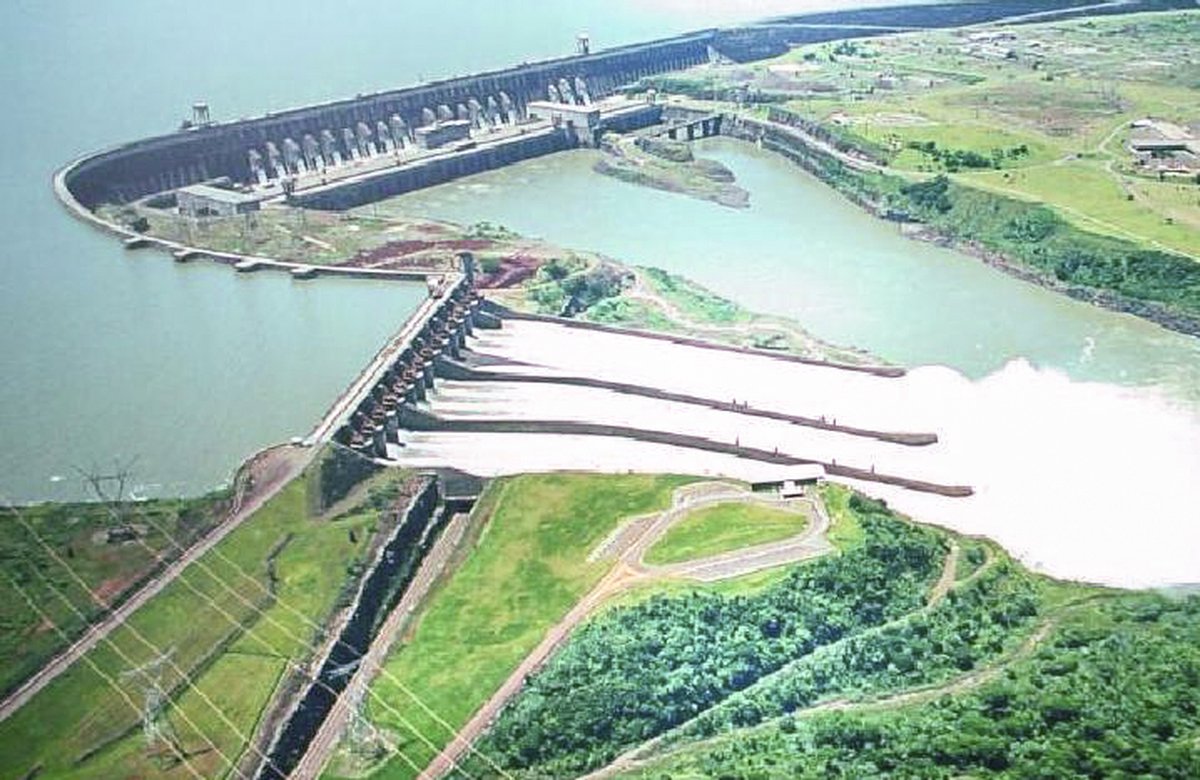🇵🇾map Paraguay [Overview]

Paraguay sits in the heart of South America, landlocked between Argentina, Brazil, and Bolivia. The country is split by the Río Paraguay, with the lush, more populated east on one side and the wild, sparsely settled Chaco on the other. About seven million people call it home, most concentrated in and around the capital, Asunción, and the fast-growing trade hub of Ciudad del Este. You’ll quickly notice tereré—cold yerba mate—everywhere; sharing a guampa and thermos is as much a social ritual as a refreshment in the subtropical heat.
Life here feels both grounded and diverse. A strong national identity sits alongside distinct communities: long-established indigenous nations, Mennonite farming colonies in the Chaco, and Japanese, Korean, Lebanese, Chinese, and Brazilian immigrant groups who have shaped commerce and agriculture since the mid-20th century. You’ll see the blend in daily life and language, in family barbecues called asados, and in ceramics from towns like Areguá and Tobatí. Paraguay’s recent urban growth has pulled many into cities, yet traditions—especially food and tea culture—remain central to social life.
Economy
Paraguay’s economy leans on the land. Agriculture and ranching dominate—think soybeans as a major export, alongside beef, corn, and cassava—while a huge share of national wealth comes from hydropower generated on the eastern border. Those massive binational dams have transformed the country and helped fund infrastructure, drawing people and investment toward the Brazil border. Many families still rely on small-scale farming, while commercial farming and agribusiness employ a large slice of the workforce.
Trade and cross-border commerce are part of the rhythm of daily business, especially around Ciudad del Este, where reexport activity hums. Paraguay is deeply tied to its neighbors through river transport and energy cooperation, even without direct access to the sea. Asunción remains the administrative and financial center, while the frontier cities pulse with logistics, retail, and services that connect the country outward. Expect an economy where informal and formal markets sit side by side, and where relationships matter as much as contracts.
Culture
Spanish and Guaraní are the everyday languages, and both enjoy official status. Most Paraguayans are culturally mestizo, with deep Guaraní roots that stretch back to early colonial mixing, and there are 17 recognized indigenous groups who maintain their own languages and traditions. Immigrant communities have left strong imprints: Mennonites in the Chaco built thriving agricultural colonies, and Japanese farmers helped diversify crops; more recent Korean, Lebanese, and Chinese families are woven into Asunción and Ciudad del Este’s commercial life. You feel this blend in how people speak—switching between Spanish and Guaraní—and in what they cook and celebrate.
Paraguayan interests are delightfully local: sharing tereré under the shade, slow Sunday asados, and a midday main meal built around cassava and corn dishes like sopa paraguaya and chipa. Religious life is largely Christian, and Catholic traditions shape the calendar—Christmas and Holy Week bring families together, with special foods like chipa baked for the season. National pride shines during independence celebrations in May, and cultural fairs showcase regional crafts, music, and dance. For newcomers, the social warmth is immediate; a thermos of ice water, a handful of medicinal herbs, and a gourd of yerba mate are your invitation to join in.
Maria
Maria is a bilingual travel writer and immigration consultant originally from Mexico City, with extensive
experience living and working across Latin America. She spent her early career as a journalist covering
cross-border migration and expatriate communities throughout Central and South America. Having personally
navigated complex visa processes in multiple countries including the United States and Spain,
Maria understands firsthand the challenges faced by Latin American professionals seeking international
opportunities.
Published: 2025-09-25